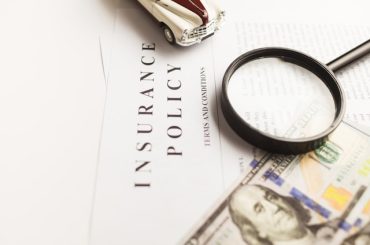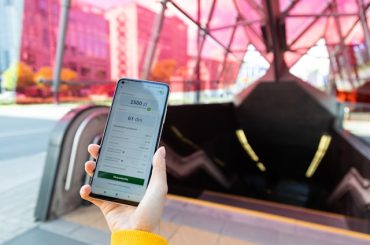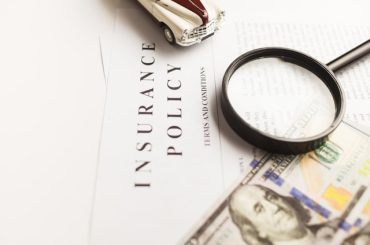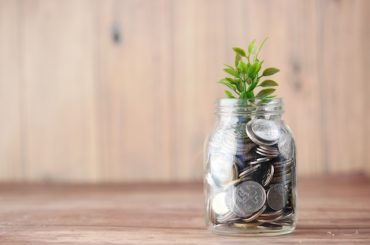Debt recycling is a financial strategy used to convert non-deductible debt into deductible debt. The ultimate goal of this approach is to build wealth over the long term and reduce the amount of interest paid on non-deductible debt. However, this is a more complex strategy and should be approached with careful understanding and often with the guidance of a financial advisor. It’s crucial to note that the suitability of this strategy can vary depending on an individual’s financial circumstances, risk tolerance, and long-term goals.
Here’s how it works in simple terms:
- Start with non-deductible debt: Non-deductible debt is a type of debt where the interest you pay isn’t tax-deductible. A common example is your home mortgage.
- Invest using equity: You then draw on the equity from your home (or another asset) to invest in income-producing assets, like shares or investment property. This new loan, taken for investment purposes, creates ‘good’ debt because the interest on this loan is tax-deductible.
- Use investment income to pay down non-deductible debt: The income from the investments (like dividends or rental income) is then used to pay off the non-deductible debt faster. The strategy revolves around the idea that over time, you replace ‘bad’ debt (non-deductible) with ‘good’ debt (deductible).
- Repeat the process: As you pay down your non-deductible debt and the value of your investments hopefully increases, you can draw more equity for further investments and recycle more of your debt.
As with any financial strategy, debt recycling comes with its risks. The success of this strategy heavily depends on the performance of your investments. You might be in a worse financial position if they don’t perform as expected. Furthermore, this strategy generally involves borrowing against your home, so there’s a risk of losing your home if things go wrong.
Example of Debt recycling
Let’s consider a simple example to illustrate how debt recycling works:
Suppose you have a home worth $500,000 and a mortgage on it worth $300,000. This is your non-deductible debt because the interest you’re paying on your mortgage is not tax-deductible.
Step 1: Establish a line of credit
You establish a separate line of credit using $50,000 of your home equity (the part of your home you own), effectively increasing your debt to $350,000. You use this $50,000 to invest in income-producing assets such as shares or investment property.
Step 2: Income from the investment
Now, let’s assume your investment yields a 5% annual return. The first year, you get $2,500 ($50,000 * 0.05).
Step 3: Pay down non-deductible debt
You use this $2,500 to make extra repayments on your original non-deductible home loan, reducing it from $300,000 to $297,500.
Step 4: Increase deductible debt
Since you have reduced your non-deductible debt, you have also increased your equity. You can now borrow another $2,500 against your home equity, increasing your deductible debt from $50,000 to $52,500.
Step 5: Invest the borrowed amount
You invest the newly borrowed $2,500 into income-producing assets again.
This cycle repeats over time, gradually reducing your non-deductible debt while increasing your investment portfolio funded by deductible debt.
Remember, the effectiveness of the debt recycling strategy depends heavily on the performance of your investments and the interest rates on your loans.
It also requires discipline to consistently apply investment returns toward paying down non-deductible debt. As with any financial strategy involving investment and borrowing, risks are involved, and it’s crucial to seek advice from a financial professional before embarking on such a strategy.
Strategic Financial Management & Planning | With Examples
Types of Debt recycling
While the basic concept of debt recycling remains the same, there can be different ways or methods to implement it based on one’s financial situation, risk appetite, and goals. The two main types of debt recycling are:
Active Debt Recycling:
In this approach, you regularly (often annually) draw down on your increased home equity created by your repayments to the non-deductible debt throughout the year. These funds are then used to invest in income-producing assets. The returns from these investments are used to further pay down the original non-deductible debt. This is repeated annually to convert the non-deductible debt into deductible debt gradually. This strategy often involves higher loan costs and transaction costs due to frequent borrowing and investing.
Let’s assume you have a home worth $500,000 and a mortgage of $300,000.
- Step 1: You borrow $50,000 against your home equity and invest it in income-generating assets.
- Step 2: Suppose the investment generates an annual return of 5%, that’s $2,500 in the first year.
- Step 3: You apply this $2,500 to pay down your non-deductible mortgage, reducing it to $297,500.
- Step 4: You have more equity since you’ve paid your mortgage. So, you borrow another $2,500 and invest it.
- Step 5: You repeat this process annually, gradually converting non-deductible debt into deductible debt.
This strategy is more aggressive as it involves frequent borrowing and investment. But it also has the potential for higher returns if the investments perform well.
Passive Debt Recycling:
In this strategy, you use an offset account linked to your non-deductible home loan. Your income is paid into this offset account, reducing the non-deductible debt interest. At the same time, you draw on the home loan to invest, increasing your deductible debt. While your total debt remains the same, a larger portion becomes tax-deductible over time. This strategy typically requires disciplined budgeting to ensure that the offset account balance reduces the non-deductible debt as much as possible while maintaining living expenses.
Let’s assume the same initial situation, with a home worth $500,000 and a mortgage of $300,000. This time, you also have an offset account linked to your mortgage.
- Step 1: You deposit your income into the offset account, which reduces the interest on the $300,000 mortgage.
- Step 2: You draw down from the mortgage (increasing the mortgage balance) and invest in income-generating assets, raising your deductible debt.
- Step 3: The income from your investments can be reinvested or deposited into the offset account, further reducing the non-deductible debt.
- Step 4: This cycle is repeated passively over time as your income and investment returns are cycled through the offset account, gradually converting your non-deductible debt into deductible debt.
This strategy tends to be slower but is also seen as less risky. However, it requires disciplined budgeting and management of the offset account.
Remember, both strategies carry their own risks and depend on interest rates, investment returns, and personal financial situations. It’s crucial to consult with a financial advisor to ensure the chosen strategy aligns with your financial goals and risk appetite.
Both strategies have their benefits and risks. Active debt recycling may lead to faster wealth accumulation due to its aggressive nature but can also bring more risk. Passive debt recycling may be slower but could be seen as less risky due to its less aggressive approach.
In either case, professional advice is strongly recommended to understand the suitability and implications of such a strategy for your particular circumstances. This is especially important considering the possible risks and complications, including market volatility, interest rate changes, and changes in personal financial circumstances.
Risk Management Strategy in Finance: Explained with an Example
Who should use a debt recycling strategy?
Debt recycling can be a powerful strategy for wealth creation, but it is not suitable for everyone. Here are some characteristics of individuals who might consider using this strategy:
- Homeowners with substantial equity: You need to have a substantial amount of equity built up in your home to use as security for the investment loan.
- Comfortable with risk: Since this strategy involves investing, it’s suitable for those comfortable with investment risks. This includes the possibility of losing money or dealing with market volatility.
- Stable income: Debt recycling typically requires that you have a stable income to cover the loan repayments and any shortfall between the income from the investment and the interest on the investment loan.
- Long-term investment horizon: Debt recycling is a long-term strategy, and those looking to build wealth over many years or decades might consider it. It might not be suitable for those seeking short-term gains.
- Tax considerations: Those in higher tax brackets can benefit more from the tax deductions on the investment loan interest. However, this will depend on the specific tax laws in your region, which can change over time.
- Disciplined budgeting and saving habits: The strategy requires disciplined budgeting to ensure the non-deductible debt is paid down and the deductible debt is used for wealth-creating investments only.
Before starting a debt recycling strategy, consulting with a financial advisor is strongly recommended. They can advise based on your circumstances, help you understand the risks and benefits, and guide you through the process. It’s also important to consult with a tax professional to understand the tax implications of this strategy.
How to make a Financing strategy: Explained with a case study











